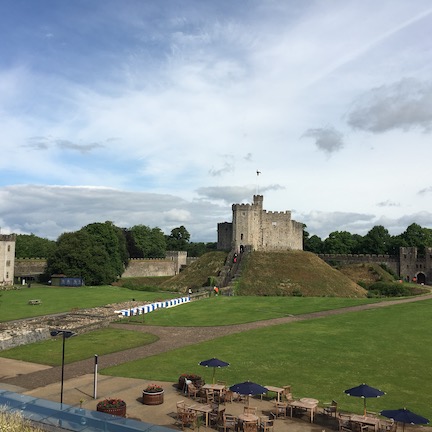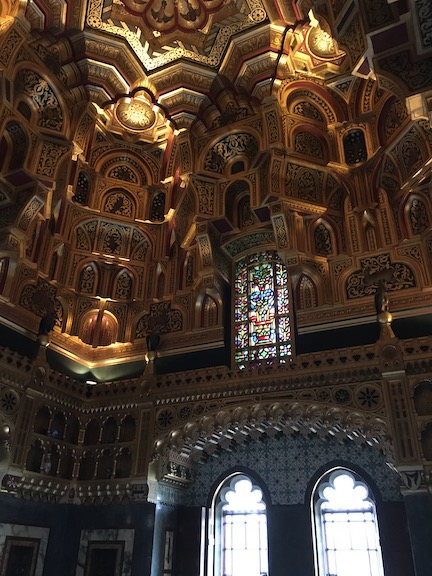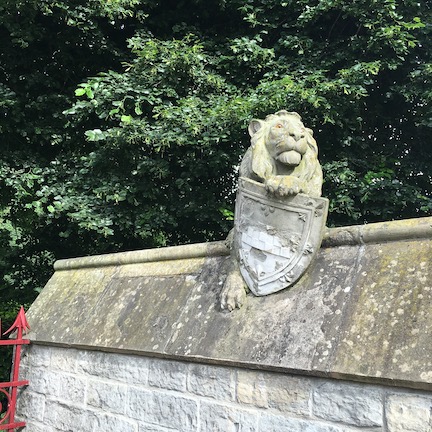Cardiff Castle
In 2016, I made my first trip to the United Kingdom. During the trip we visited the city of Cardiff in Wales.

Cardiff Castle dates to the Roman Invasion. As a result, the castle has a rich history. The current site contains a reconstructed Roman fort, a Norman Castle and a Victorian Gothic home.
The Roman Invasion occurred in 43 AD and a fort was built at the lowest crossing point of the River Taft. The fort is believed to have been abandoned after the Roman Empire fell.
When the Normans invaded, they reused the site, adding a wall to create an inner and outer ward. They also built a hill to defend a castle with a stone keep added later.

The castle was built during the 1420’s and 1430’s by Richard Beauchamp, Earl of Warwick. For a time the property reverted to the crown. In 1551, it was granted to William Herbert, 1st Earl of Pembroke. The 2nd earl expanded the castle in the 1570’s.
A marriage brought the property under the ownership of the Bute family in 1776. The Bute family made changes to the castle, adding Gothic wings. Capability Brown was hired to landscape the property and he destroyed many of the ancient walls and buildings.
The 3rd Marquess of Bute is responsible for the Victorian alterations. The work was done by the architect William Burges.

Lord Bute was an animal lover and they are featured throughout the castle and grounds.


There is so much to see at Cardiff Castle that it is impossible for me to cover it all in this blog post.
If you’re interested in Gothic Revival architecture, plan a visit to Cardiff Castle. I highly recommend the House Tour which will guide you through some of the rooms of the castle.
References
The essential Cardiff Castle by Matthew Williams
